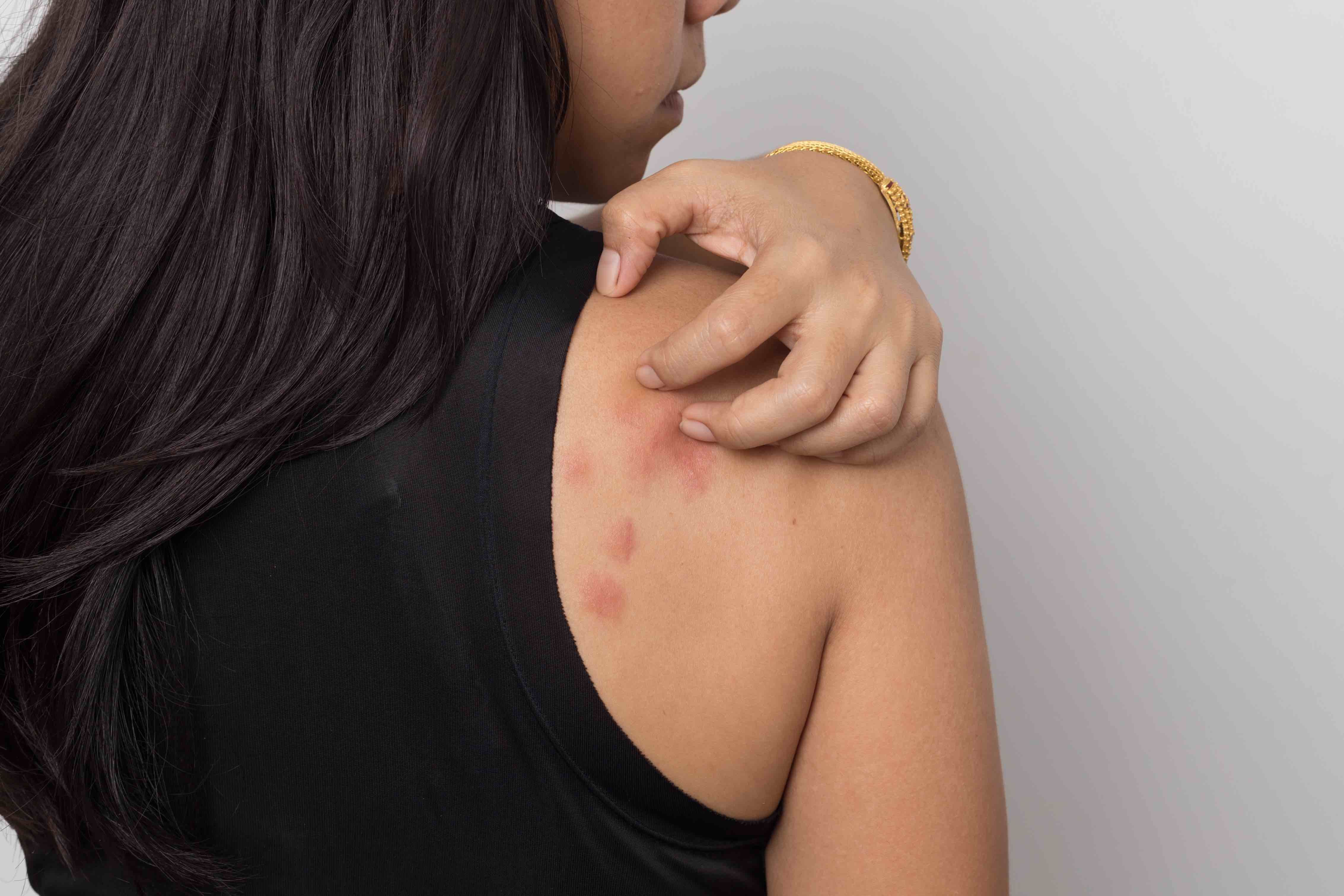
Allergy
Latest News
Latest Videos

CME Content
More News

The chronic spontaneous urticaria treatment landscape has shifted in recent years, with expanding treatment options for patients with refractory disease.

Families reported quality of life improvements when they used peanut oral immunotherapy instead of simply avoiding peanuts.

As many as one quarter of people with chronic urticaria also have metabolic syndrome, data suggest.

Synthetic generation replicates key clinical patterns from real-world data, enabling valid analyses with fewer patients.

Identifying specific biomarkers and clinical characteristics is crucial for predicting a patient's response to both existing and emerging treatments for chronic spontaneous urticaria, thereby moving toward a more personalized approach to care.

Chronic spontaneous urticaria places a heavier burden on patients than atopic dermatitis and psoriasis, leading to a worse quality of life and higher health care costs, underscoring the critical need for better treatments.

When updated food allergy prevention guidelines were directly provided to families, they led to earlier allergen introduction in infants and significantly reduced the prevalence of IgE-mediated peanut, egg, and cow's milk allergies.
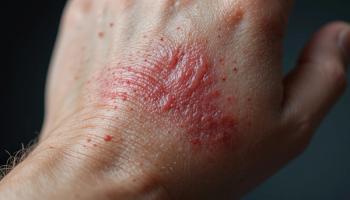
Patients with chronic spontaneous urticaria experience inadequate symptom control and significant emotional burdens despite various treatment approaches, highlighting an urgent need for more effective and sustained therapies to improve their quality of life.

The AllergyAware e-learning course effectively trained school personnel on anaphylaxis management, significantly improving their knowledge and confidence in using epinephrine auto-injectors, despite some technical and pacing issues reported by users.

A new review explores the complexities of cow's milk allergy in breastfed infants, including symptoms, diagnosis challenges, and the impact of maternal diet.

Chronic Rhinosinusitis With Nasal Polyps and Asthma: Understanding the Connection and Treatment Gaps
Chronic rhinosinusitis with nasal polyps increases the likelihood of developing coexisting conditions, such as asthma, underscoring the need for more effective, comprehensive treatments.
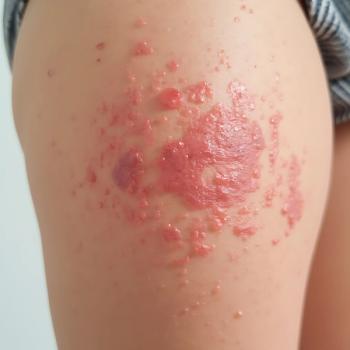
Current guidelines suggest limiting diagnostic testing for chronic spontaneous urticaria when no clear cause is suspected, though biomarkers and biopsies are emerging as tools to predict treatment response and personalize care.

Increasing environmental events driven by climate change and human activity exacerbate allergy and asthma conditions, further compounded by exposure to persistent pollutants like per-and polyfluoroalkyl substances and microplastics.

Reducing the use of oral corticosteroids in patients with severe asthma is a pressing concern due to their associated adverse effects, health care costs, and impact on quality of life.
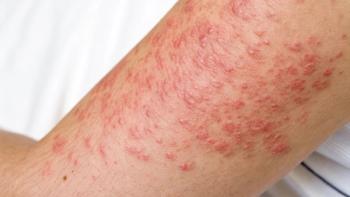
New data shows that barzolvolimab offers sustained complete responses and significantly improved quality of life for patients with chronic spontaneous urticaria, with a favorable safety profile.

Gary Falcetano, PA-C, AE-C, explains that proactively managing seasonal allergies can significantly decrease the overall inflammatory burden, thereby improving both physical symptoms and potentially mitigating neuroinflammation's impact on mental well-being.

Gary Falcetano, PA-C, AE-C, features insights on how unaddressed chronic allergy symptoms contribute to mental health burdens and the critical role of early immunoglobulin E trigger identification in managing both physical and psychological wellbeing.

Adults with peanut allergy experienced effective treatment with peanut oral immunotherapy but future studies are necessary to confirm and characterize safety profiles among various subgroups.

Gary Falcetano, PA-C, AE-C, explained that chronic allergic inflammation can significantly affect brain chemistry and mood regulation.

A causal link between chronic spontaneous urticaria and gut microbiota, with metabolic pathways potentially acting as mediators, offer new avenues for research and clinical understanding.

A newly developed Naples Pediatric Food Allergy grading scale, incorporating clinical history and examination, shows promise in streamlining the diagnosis of food allergies in children, potentially reducing delays and health care burdens.

Patients with moderate to severe chronic spontaneous urticaria that were antihistamine-resistant to omalizumab experienced improvements with rilzabrutinib.
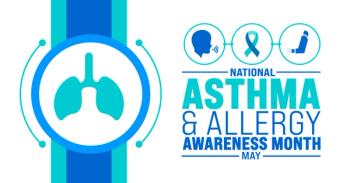
During National Asthma and Allergy Awareness Month, the high prevalence and costs of allergies and asthma in the US are evident, alongside disparities in treatment access and the potential impact of recent policy changes on environmental and public health efforts.

Jason Hawkes, MD, MS, provided an in-depth look at the potential role of dupilumab (Dupixent; Sanofi and Regeneron Pharmaceuticals) in the management of chronic spontaneous urticaria (CSU), a condition with limited therapeutic options over the past decade.
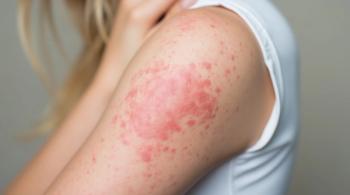
Urticaria is complicated to diagnose by its symptomatic overlap with other skin conditions and the frequent misclassification in literature of distinct pathologies like vasculitic urticaria and bullous pemphigus.

